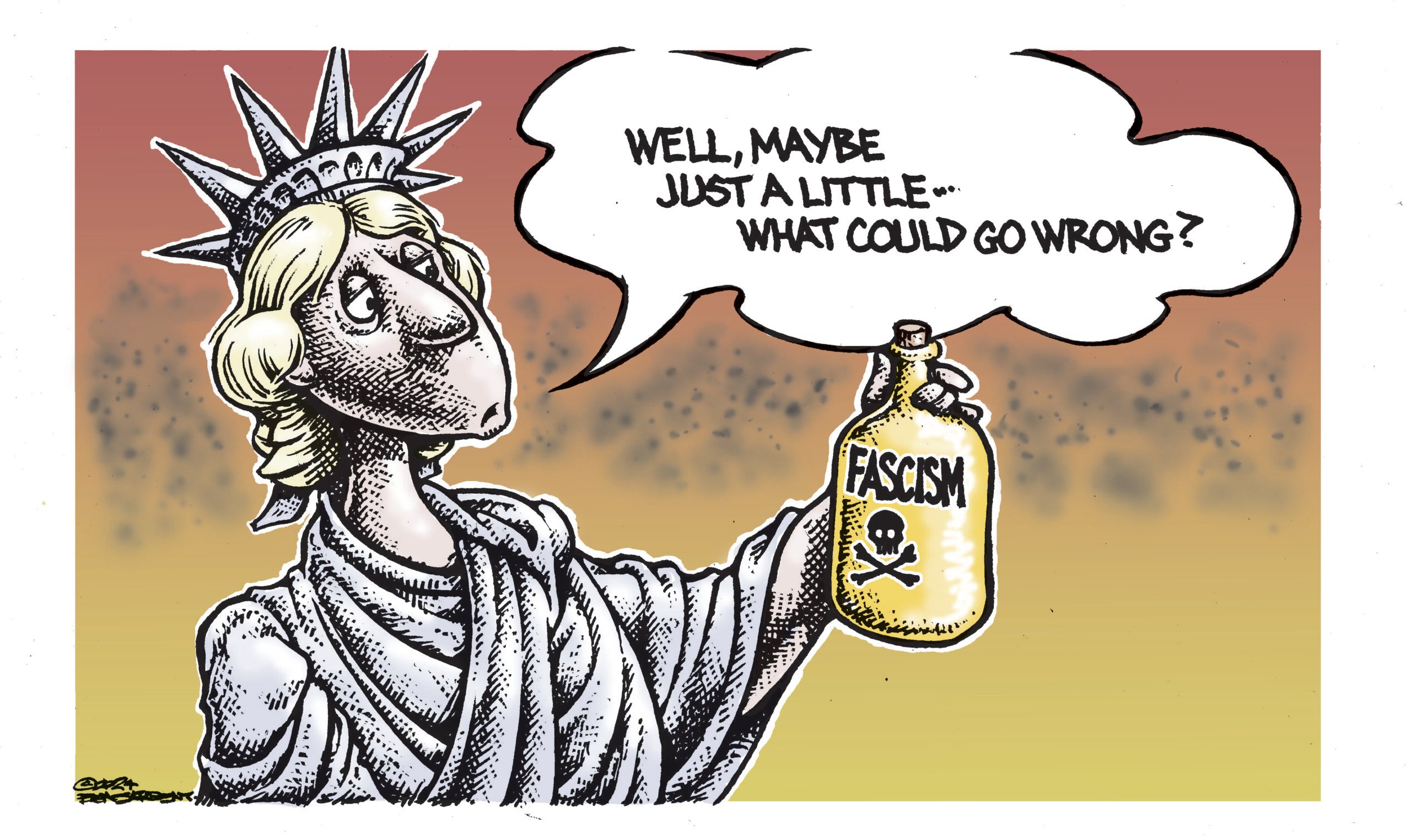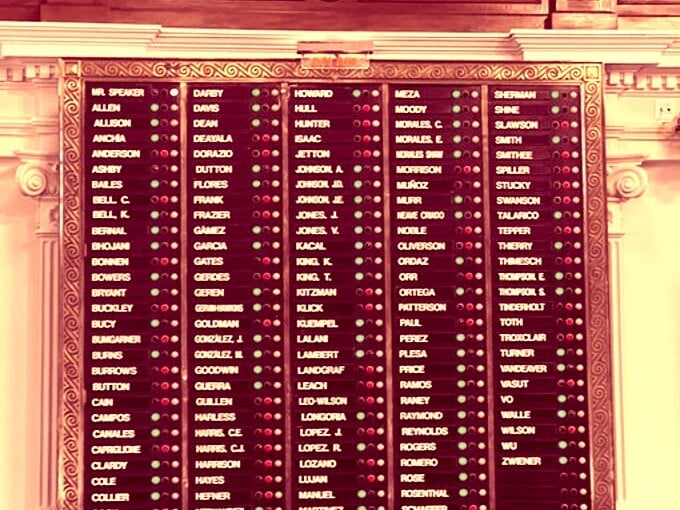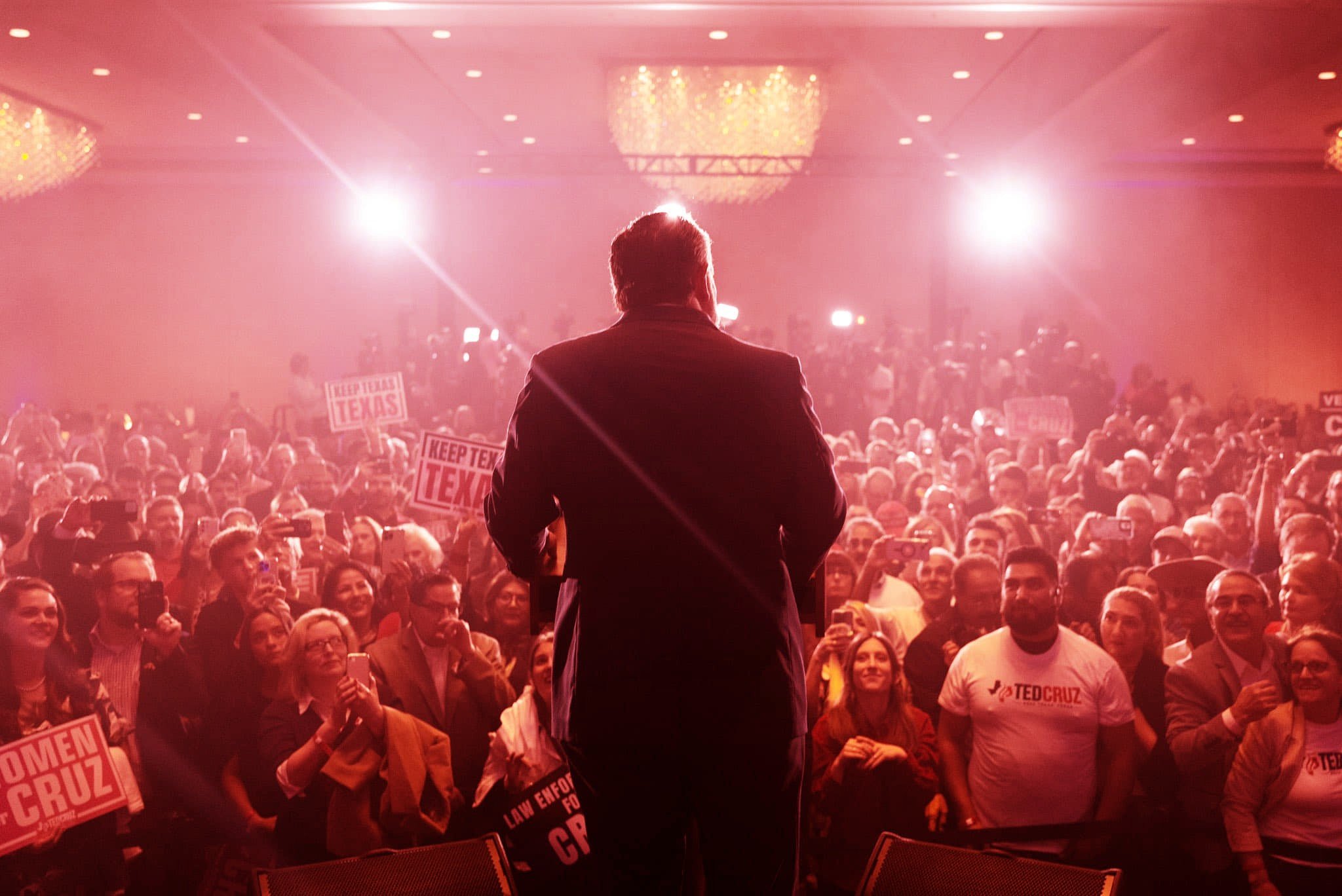King for a Day
The last time I saw Eagle Pennell was on a weekend, around midnight, on Market Square in downtown Houston. I remember it was cold, at least for Houston, so it must have been January or February of 2001, maybe 2002. Pennell looked like hell-pretty much the way you’d expect of someone who, for the last couple of years, had been living on and off the streets. He was still tall, but the way he stooped made him look smaller-not the larger-than-life, low-budget independent filmmaker he’d once been. By our last meeting, his powers-and his friends-had deserted him.
During those stints on the street he’d been sleeping in parks and under bridges, drinking whatever booze he could afford or find, and occasionally getting the crap beat out of him-though that wasn’t necessarily a new development. Pennell identified with the likes of directors John Ford, Howard Hawks, and John Huston: brawling, hard-drinking, fast-living men. Even before he hit rock bottom, Pennell was known for going out of his way to pick a fight-and usually getting his ass handed to him.
That night on Market Square, Pennell appeared to have given up on eating. I slipped him a $20 and suggested he get some food, though I doubted he would. After handing him the Jackson, I kept moving. There was nothing left to say.
A few months earlier, Eagle had shown up unexpectedly at my front door in the Woodland Heights area of Houston. He must have walked there because there was no car in sight.
There were also no doorbells in my house. The previous owners had been deaf, so they had arranged for the lights to go on and off when someone pushed the button at the front door. When you’re asleep around midnight and suddenly the lights in your house start blinking, it tends to unnerve you a bit.
Trying to get my wits about me-a formidable task under the best of conditions-I stumbled to the front door and opened it. There on the steps was Pennell, drunk and sporting his often-present hangdog look, searching for company and a partner in crime. For one of the few times during my friendship with Pennell, instead of heading out on another drunken adventure, I told him flat-out no, and to get the hell away from me and my house. I wasn’t going to ride with him any more.
He left without protest, walking slowly off the porch, down Bayland Avenue and into the darkness-a darkness Pennell knew all too well.
Variations on this same story-friends and family members turning Pennell away from their doors-are told repeatedly, but beautifully and with varying degrees of guilt, in a recently released documentary about Pennell’s brilliant, but wasted, life called The King of Texas.
The sad, funny, and solemnly shot documentary is the collaborative effort of Pennell’s brother, Chuck Pinnell, and Chuck’s son-Eagle’s nephew-René Pinnell, along with Claire Huie. There’s also a dead-on appropriate soundtrack by Chuck Pinnell and Slaid Cleaves, who reworked some of his songs, like “Give Me One Good Year,” that seem as though they were written for this project.
Ironically, the youngest Pinnell, René, has few recollections of his late uncle, and only became interested in making the film after learning that Eagle, who changed the spelling of his last name after getting into films, had been somewhat renowned as an indie moviemaker, praised by the likes of Roger Ebert and Vincent Canby.
“The main thing I remember about Eagle while I was growing up was at my fifth birthday party, and he brought this Frisbee, like the kind you get out of a cereal box or something,” René said after a recent screening of the documentary at the Rice Media Center in Houston (the film premiered in March at Austin’s South by Southwest). “And I remember thinking, ‘how lame.'”
But René’s early recollection is far from the last that most of Pennell’s friends, family, and colleagues remember of him. Almost to a person, each recalls the last time they had to send Eagle packing into the night.

The most tender and touching of these testimonials comes from Eagle’s brother, Chuck. Pennell’s family had sent Eagle to alcohol rehabilitation centers numerous times. Each time, the family was optimistic the treatment would take. Unfortunately for Eagle and his family, including his distraught mother and father, the effects of rehab never lasted long. So when Eagle showed up drunk at Chuck’s house late one night in 2002, Chuck told Eagle that he’d had enough; he couldn’t help him any more. It was about two weeks later in Houston, on July 20, 2002, that Pennell finally accomplished what most of his friends think he knew he was doing all along. He finally drank himself to death. He died eight days short of his 50th birthday.
Since Eagle’s death, Chuck Pinnell says, he’s been plagued by dreams of his dead brother. In the first one, shortly after Eagle’s burial in his hometown of College Station, Chuck says he dreamed that Eagle was in Chuck’s shower, trying to wash off the mortician’s makeup. Chuck tells Eagle that he is dead and that he can’t stay. At that point in the dream, Eagle begins to cry, pleading that he doesn’t want to be dead.
Despite his demons, Pennell had real talent, both as a director and as a man who could rally his troops for one more fight, one more journey just for the pleasure of the telling, one more chance to grab the magic of making something truly Texan.
“People who aren’t true Texans create cardboard characters, and you get Hollywood doing Hud or Giant,” says Lin Sutherland, a writer and the producer of Pennell’s The Whole Shootin’ Match. “They’re great movies, but they’re not really about Texas. And that was the real forte of Eagle. He had that insight.”
The rough brilliance of that movie-basically a Mutt-and-Jeff tale of two Austin ne’er-do-wells-caught the attention of movie newcomers and veterans alike. “[The Whole Shooting Match] was a big moment in my own film evolution,” says Austin filmmaker Richard Linklater, who says watching the characters in Pennell’s movie made him feel like “I know these people. It was way ahead of the curve. To this day, [Robert] Redford credits that film with waking him up [to the fact] that there is talent all over this country. And he wanted to do a film festival that would nurture that talent out there.”
That festival is now called Sundance.
Texas author Bud Shrake adds that Pennell turned Austin’s dreamers on to the idea that actions could speak louder than words.
“One thing Eagle did was to show everybody around here that you don’t just have to talk about it. You can actually do it,” Shrake says.
The Whole Shootin’ Match is actually Pennell’s second film, the first being a 30-minute short called A Helluva Note. Both feature Austinites Lou Perryman and Sonny Carl Davis, who was a singer for a way-off-the-wall band called The Sons of Uranium Savages. Both films portray Perryman and Davis as a couple of irrepressible losers. One critic would describe them as a tumbleweed Hope and Crosby.
Though no one was being paid, Perryman says it didn’t matter.
“We were making a movie,” Perryman says. “Life was good.”
After the second film, tensions developed. Perry and Davis felt like Pennell was taking credit for the work, his words at the USA Film Festival in Dallas in 1978 notwithstanding:
“I was very fortunate to find a group of very talented people who were willing to work for nothing for a chance to do a picture,” Pennell said at the premiere. “There’s about $15,000 worth of cash in the movie, but there’s about a million dollars worth of talent in terms of people who are in it.”
Screenwriter and producer Sutherland says the script was actually more of a blueprint, and that much of the film was improvised. But Doris Hargrove, one of the actors in Shooting Match, says Eagle knew how to corral the improvisation.
“He had a way, he made room for us to carry on,” she says. “But he knew how to contain us.”
Following Shooting Match, Pennell chose Houston for his next film. Last Night at the Alamo, shot at an old bar on the East End’s Harrisburg Avenue, again stars Davis and Perrymen, this time as regulars at a local tavern, The Alamo, who try in vain to keep their hangout from being shuttered.
Film critic Roger Ebert praised the film for showing Texas as he had never seen it.
But it was during the filming of Alamo that Eagle’s downward spiral hit its stride. Eagle often showed up drunk on the set, when he showed up at all. Daily wrap parties were held at the Museum District bar-restaurant 120 Portland. Eagle and the owner had a whirlwind romance and were married in a drunken fog by a ship’s captain in the Port of Houston.
Their subsequent wedding party at an upscale Montrose restaurant was any bride’s nightmare. Eagle made some exceedingly inappropriate suggestions to his beautiful new sister-in-law, who was caught in a set of still photographs recoiling from Eagle’s grasp.
Then things got really ugly, according to Brian Huberman, who had been the cinematographer on Alamo.
The waiters, mostly Mexican-Americans, sensed a situation spinning out of control and began to close in on Eagle.
“Then he suddenly stopped, and he turned and confronts the waiters,” Huberman recalls. “And [Eagle] recites Sam Houston’s speech, prior to the battle of San Jacinto, which goes something along the lines of ‘Gentlemen, trust in God and fear not, and remember the Alamo.’ And all the waiters stop in their tracks. And in that moment of hesitation, he turned and fled into the night.”
From that point on, Pennell’s career nose-dived. He got a deal to go to Hollywood and take writer Kim Henkle, the driving force behind Alamo, with him, but the results were disastrous.
“It wound up being one big party,” Henkle says.
“There was cocaine everywhere out there,” Davis adds. “And Eagle was into it up to his neck. And he’s a pretty tall guy.”
Pennell made his way back to Houston and managed to get grants to do two more movies: Heart Full of Soul, and Doc’s Full Service. Both were failures that looked more like an amateur’s first film than maturing works by someone who, at one point, had appeared ready to break through to stardom.
By that time Pennell’s addictions had taken control. His art got in the way of his lifestyle. I know because I was originally involved in the writing of Heart Full of Soul. Not that I knew what I was doing, but when Eagle refused to hold rehearsals, I stepped away from the project because I could tell that the end product was going to be crap, and it was. So was Doc’s Full Service, except for the cinematography.
The original King of Texas was the film Pennell never got to make: a low-budget western he planned to shoot out near Brackettville at the old movie set that’s still standing after being used to film the 1960 version of The Alamo, directed by and starring John Wayne.
In the documentary, cinematographer Huberman, who shot Last Night at the Alamo and the subsequent Heart Full of Soul, explains that despite the headaches and misgivings, even after the dead ends and wrong turns, he found himself out in West Texas scouting locations for The King of Texas. Pennell had persuaded Huberman-himself a Davy Crockett fanatic-to saddle up and ride off into yet another underfunded pipe dream.
Huberman confesses even today that he never really knew what the movie was supposed to be about. Pennell probably didn’t, either.
Veteran Houston journalist Steve McVicker is the author of I Love You Phillip Morris. The movie version, starring Jim Carrey and Ewan McGregor, began shooting in late April.


